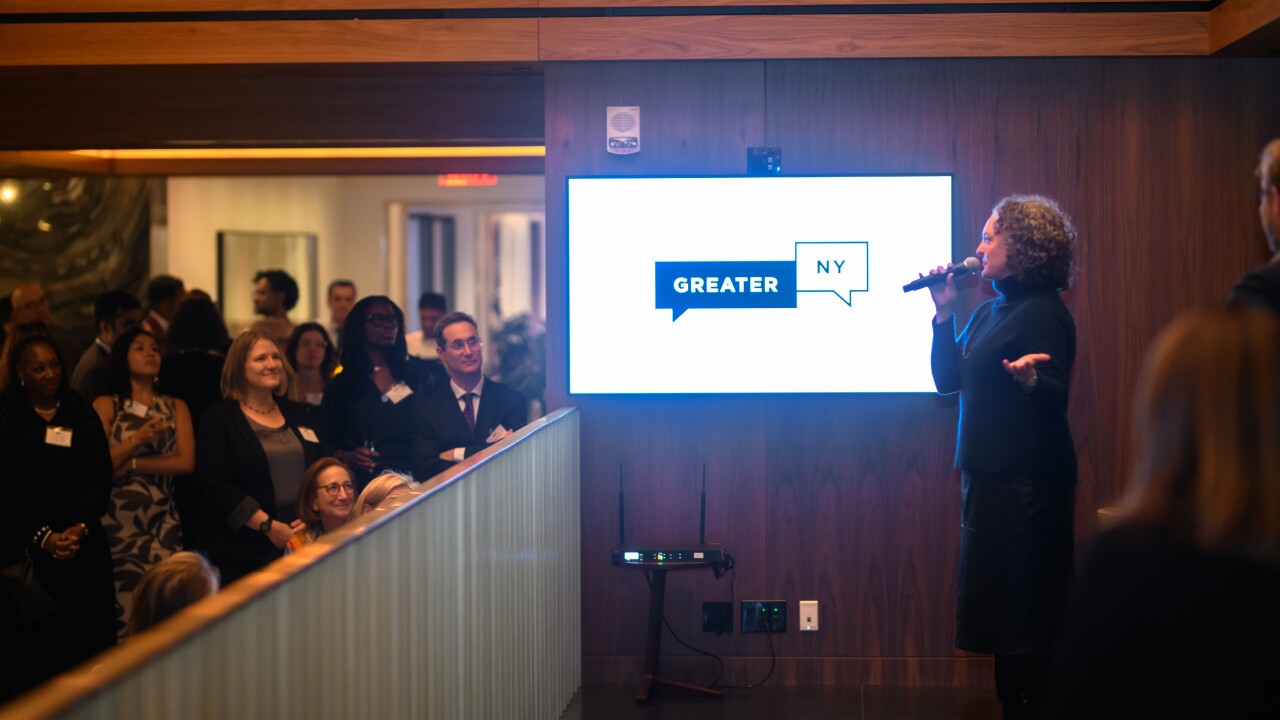- Key insight: McKinsey analysts predict that agentic AI could redistribute deposit flows and compress banks' margins.
- What's at stake: A potential $170 billion in global profit decline if business models remain unchanged.
- Supporting data: About $23 trillion in consumer deposits sit in near-zero-interest checking accounts.
Source: Bullets generated by AI with editorial review.
A 2025 McKinsey report on banking tech that came out Thursday offered a sobering analysis of the future of agentic AI.
"If banks don't change their business models, our most likely scenario shows they could experience an aggregate decrease of $170 billion, or 9% percent, in global profit pools," the consulting firm said in its
It's a counterintuitive take, as much of the industry is hoping for large cost savings and efficiency from AI agents, semiautonomous pieces of code masterminded by generative AI, and hoping that will fall to the bottom line.
One reason for the lowered profits is that consumers may start to use their own AI agents to optimize their finances, Darius Imregun, McKinsey partner, told American Banker in an interview.
For instance, agents could make it easier for consumers to move deposits to accounts that pay higher interest, he said.
"Today you look at about $70 trillion of deposits held by consumers globally," Imregun said. "Twenty three trillion dollars of that sits in checking accounts that pay zero or close to zero interest rates. The rest of it in savings accounts is also quite small. In the U.S., the average savings account pays about 40 basis points. The top of the market is about 10 times that. Anyone earning 40 basis points could go online and open an account and earn 10 times as much. And one of the reasons they don't is inertia. You have to go open an account, you have to move money. There is a mental complication for people in doing that. How could an AI agent that is provided by someone who isn't your bank, help you with that?"
This agent could be a personal assistant who suggests the consumer could earn $2,000 more per year by moving money to a high yield savings account and offers to execute on the idea.
"It doesn't even need to move the money on your behalf, it doesn't need to do anything risky," Imregun said. "You just need to say, give me the final authorization. But by reducing some of that inertia to people moving this money, the amount of interest the financial system might end up paying could be quite a lot higher."
If 5% to 10% of checking accounts move from paying zero to paying top of market rates, that is worth 20% of the industry profits globally, the McKinsey analysis found.
There are many factors to any consumer's choice of bank and account, of course.
Sameer Gupta, EY Americas financial services AI leader, said he doesn't think customer inertia is due to process, but to a lack of personalization.
"I do think that the banks are in a race to take the best advantage of AI customization. In general, banks can do demonstrably better in terms of being able to offer a more context relevant service, whether it is how a product gets customized, a mortgage, or how services provided across the channels being able to speak same language, getting chatbots better able to understand customers," Gupta told American Banker.






